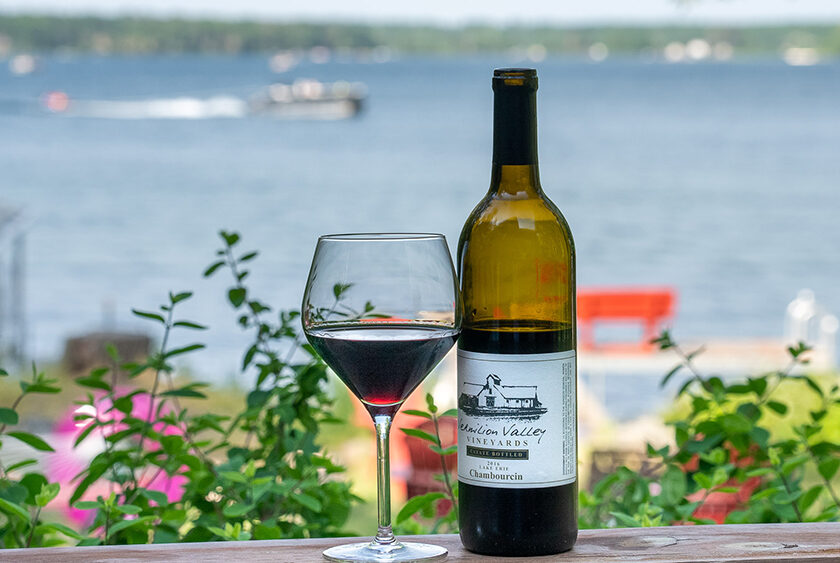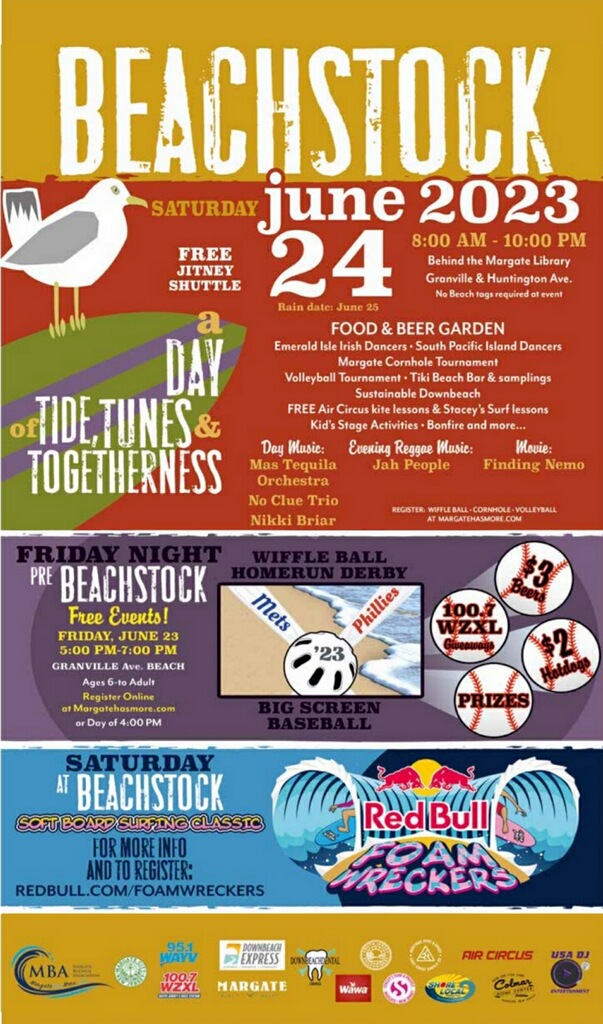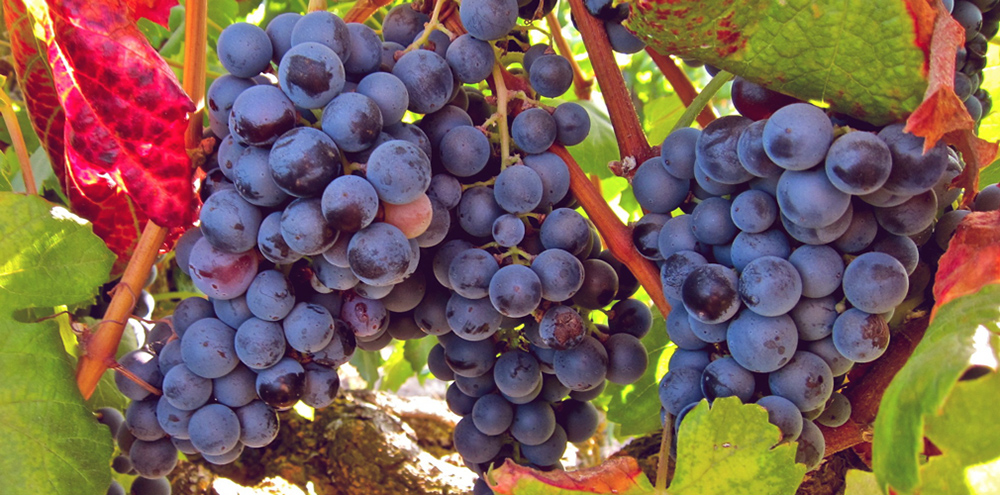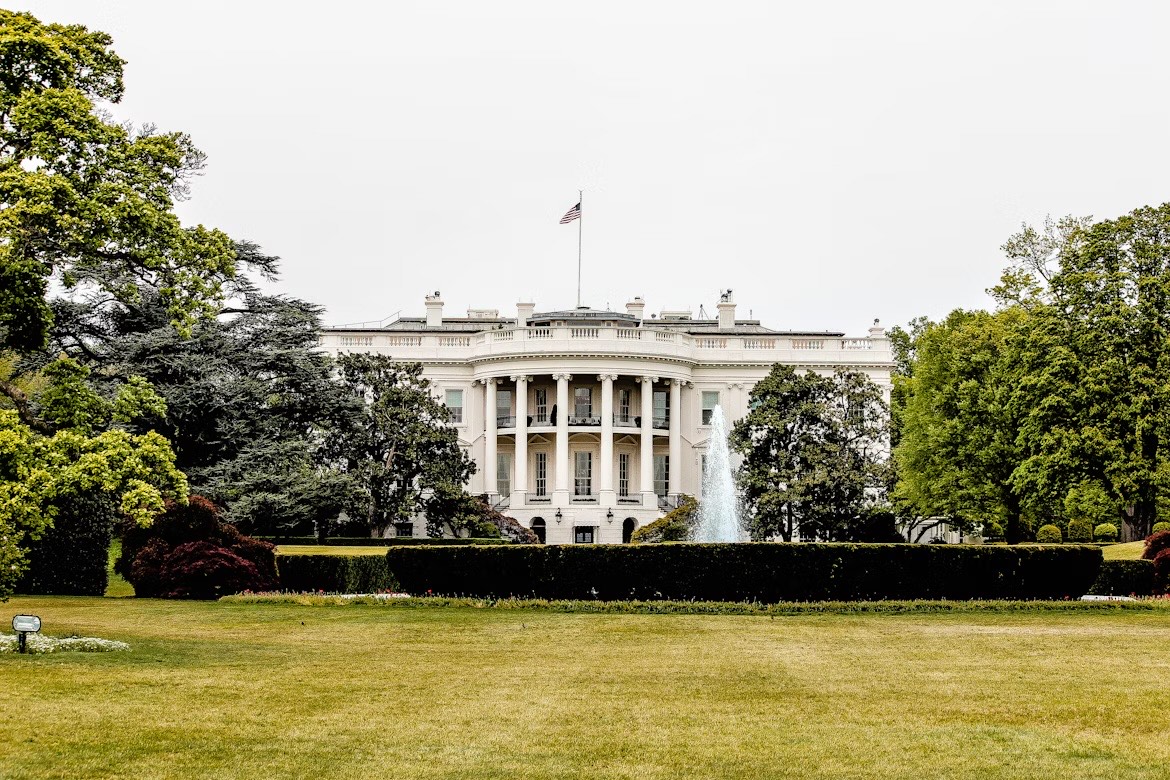Drink Up
with David Setley
Recently, I addressed some of the great wines from South America. In this article, I’d like to discuss other Southern Hemisphere wines for you to consider, specifically from Australia, New Zealand, and South Africa. I suspect many of you have tried a Sauvignon Blanc from New Zealand, but you may not be as knowledgeable of other wines from below the equator. Let’s take a look.
Vitis Vinifera – the grape vine from which the overwhelming variety of grapes for wine production are grown – is not native to Australia. Admiral Arthur Phillip brought vines to the region of new South Wales in the late 18th, early 19th century. By the 1870s, wines from Australia were earning high praise in blind tastings throughout Europe. In fact, a Shiraz, the Australian name for Syrah, competed in the Paris Exhibition of 1878 and was compared to the coveted Chateau Margaux, a very expensive, Premiere Cru Bordeaux blend. Shiraz continues to dominate in Australian wine production and exports. A good thing too, as Shiraz is my favorite Australian varietal.
I highly recommend the Shirvington-McLaren Vale Shiraz 2017. It’s a well-structured shiraz, featuring flavors of blackberry, violets, chocolate, coffee, and anise. This one has the classic bright acidity of the varietal and just a hint of oak from having been aged in 100% French Oak barrels. If you are new to Australian wines, give this shiraz from Shirvington a try.
Other varietals, including Pinot Noir, Cabernet Sauvignon, and Chardonnay, are grown in Australia as well. In the United States, most wine consumers became aware of Australian wine in the early 2000s through several large production wine brands. The Yellow Tail brand, produced by the Casella Family Brands in New South Wales, is instantly recognizable. The Yellow-Footed Rock Wallaby on the label – often mistaken for a kangaroo – quickly gained the attention of bargain-focused American consumers and continues to sell very well. Many of us are also familiar with another imaginatively labeled Australian wine that hit the markets in 2012: 19 Crimes. The brand depicts 18th and 19th century convicts on their bottles to recognize the history of Australia as a penal colony. Each varietal features one of 19 crimes “punishable by automatic transportation to the Australian penal colony” on its label. Taking it a step further, consumers are encouraged to download an app, scan the bottle, and see and hear the convict telling his or her story. Not only is it incredible marketing, but the wine is quite enjoyable too.

Moving on to New Zealand, the wine history there dates to the 19th century. However, it wasn’t until the 1970s that the nation’s wine industry truly launched, and the Marlborough region was firmly placed on the wine map. When vineyards were first planted in Marlborough, it was discovered that this location had an exceptional terroir for producing Sauvignon Blanc. Since the late 1990s, New Zealand’s Sauvignon Blancs have shown incredibly well in numerous international blind tastings, in many cases out-scoring wines of the same varietal that were produced in the Loire Valley of France. Don’t take anyone else’s word for it though, compare them yourself!
Select a Sauvignon Blanc from New Zealand and an equally priced Sauvignon Blanc from the Sancerre region of France. Each wine will certainly be quite enjoyable, but hopefully you can discern why New Zealand has earned its popularity. Outstanding examples include Cloudy Bay Marlborough 2022, Whitehaven Winemaker’s Select 2022, Oyster Bay 2022, Forefathers 2021, and The Loop 2022; all are worthy of a taste. If Sauvignon Blanc is not to your liking, Pinot Noir is also being produced in New Zealand and growing in notoriety. The Matua Pinot Noir 2018 is an excellent option.
Our last stop on this Southern Hemisphere wine tour is a place you may not think of for wine: South Africa. Vines were imported to South Africa from France, Spain, and Germany by the Douth East India Company as far back as 1655. The wine industry there has continued to grow, with good-quality wine being produced for domestic consumption. Varietals of note include Pinot Noir, Chardonnay, Cinsault, Chenin Blanc, and Pinotage. If you are unfamiliar, the first Pinotage went to market in 1961 and is a cross between Pinot Noir and Cinsault. Pinotage wines have a bold flavor, a good dryness, soft tannins, and flavors of dark fruit with earthy sweet tobacco and smoke. It is an awesome red wine to compliment your next barbeque, as it pairs incredibly well with grilled meats and vegetables. My favorite is the Kanonkop Kadette Pinotage from the Stellenbosch region. Or, if you’d prefer a white, Chenin Blanc is another great wine from South Africa. It is light and crisp and pairs equally well with seafood, pork, and salads. The Vinecrafter Chenin Blanc 2020 from the Western Cape region is delicious.
Between this article and my recent one on South American wines, I hope you are eager to explore the Southern Hemisphere the next time you shop for wine. As always, contact me with any questions at dsetley@passionvines.com, or stop into Passion Vines. Until next time, Happy Wining!
David Setley is enjoying his retirement from higher education as a wine educator and certified sommelier at Passion Vines in Somers Point, New Jersey.









